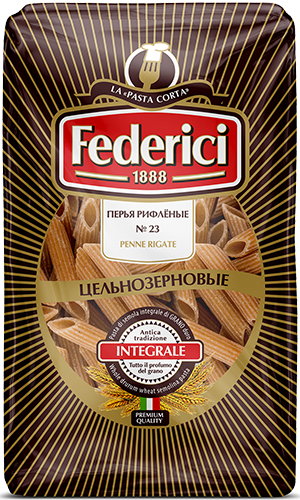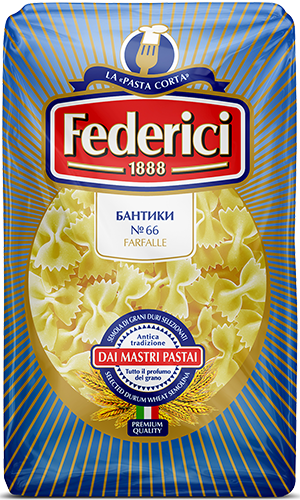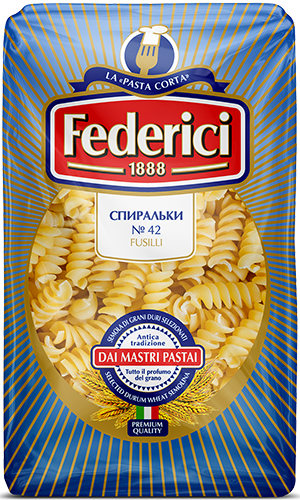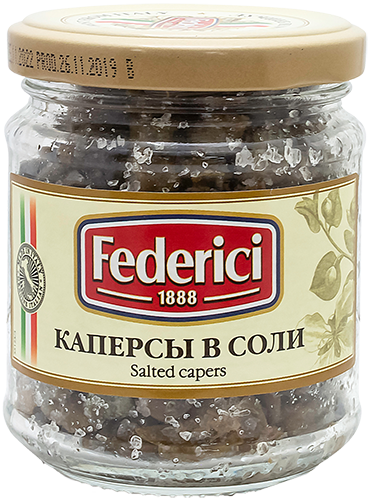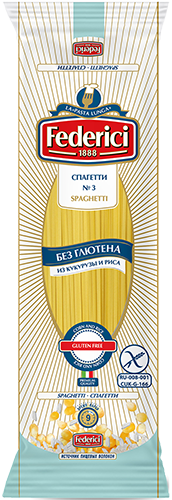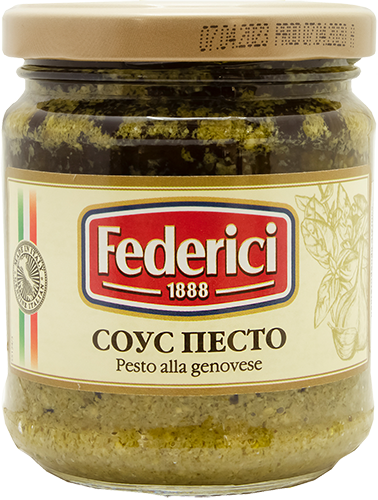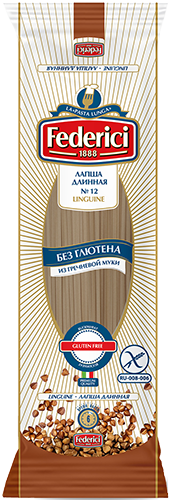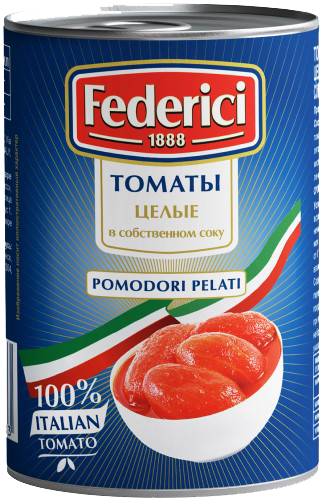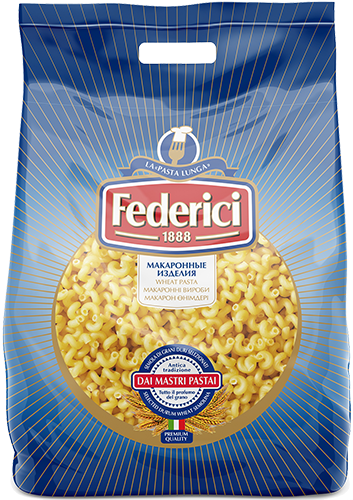


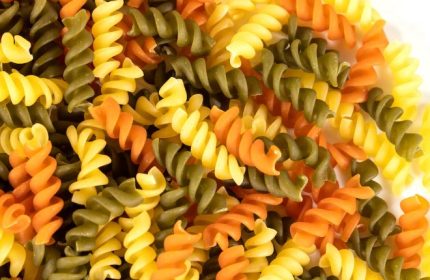 Pasta is one of the most popular foods in the world. It’s the basis of many dishes across various cuisines and plays an important role in the diets of many people. However, to get the most out of your meal, it’s important to choose high-quality pasta.
Pasta is one of the most popular foods in the world. It’s the basis of many dishes across various cuisines and plays an important role in the diets of many people. However, to get the most out of your meal, it’s important to choose high-quality pasta.
You can determine the freshness and quality of your pasta using a few simple methods.
First, pay attention to the color of the pasta. It should be uniform in color and free of spots or dark spots. Also, check for cracks or breaks.
Second, evaluate the texture of the pasta. It should be firm and not sticky. High-quality pasta has a matte surface, not a shiny one. Furthermore, it shouldn’t be overcooked or too soft.
Finally, try cooking a small batch of pasta. The taste and aroma should be fresh and pleasant. If you notice a plastic, chemical, or other unpleasant odor, it may be a sign of low quality.
Choosing the right pasta is a guarantee of a healthy and delicious product. Follow these simple quality checks, and your pasta will always be the perfect base for any dish.
How do you know if your pasta is good quality?
High-quality pasta can be identified by a number of characteristics. One of these is its appearance. The most important indicator of quality is the pasta’s color. Good pasta should be uniform in color—light yellow or slightly creamy. If the pasta’s color has bright spots or is uneven, this may indicate a low-quality product.
Another important indicator of pasta quality is its shape. Generally, good pasta should have a smooth, even surface, free of defects and damage. You should also pay attention to the length and thickness of the pasta. It should be uniform and not too thin or too thick.
Another important factor in determining pasta quality is its texture. Good pasta should be firm and elastic. When squeezed, it should not break easily and should not leave dust. They should also cook quickly and retain their shape and texture.
Don’t forget about the taste of the pasta. High-quality pasta should have a pleasant and delicate flavor, without a floury or bitter aftertaste. An unpleasant taste can be a sign of low-quality pasta.
It’s important to remember that determining the quality of pasta requires subjective perception and can vary from person to person. However, by paying attention to the signs described above, you can determine whether the pasta is of decent quality and will be tasty and healthy for your diet.
Symptoms of Poor-Quality Pasta
- Irregular Shape. One sign of poor-quality pasta can be an irregular shape. If the pasta has an uneven shape or is of varying lengths, this may indicate low-quality pasta. Such pasta may not cook well and may have an unsightly appearance when cooked.
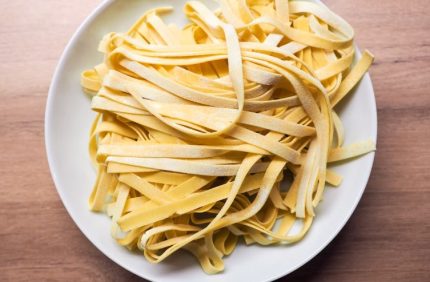
- Damage and Cracks. High-quality pasta should be intact and free of damage or cracks. Visible damage or cracks in pasta may indicate improper storage or poor quality. Damaged pasta will lose its shape during cooking and may have an unpleasant texture.
- Surface Defects. Surface defects are another possible sign of poor-quality pasta. High-quality pasta should have a smooth, even surface without visible defects such as dents, spots, or streaks. The presence of such defects may indicate improper processing or the use of low-quality raw materials.
- Dark Color. Dark or mottled pasta may indicate poor-quality ingredients or improper storage conditions. High-quality pasta should have a light, uniform color, without visible foreign matter.
- Slow Cooking. High-quality pasta should cook quickly and have an appetizing texture. If pasta takes a long time to cook or becomes soft and sticky after cooking, this may indicate poor quality. Choose pasta that cooks easily and remains firm even after cooking.
Methods for Determining the Freshness of Pasta
- Evaluating the Color and Appearance. When purchasing pasta, pay attention to its color and appearance. Fresh pasta should be vibrant in color and have a uniform shape. Look for cracks or other defects on the surface.
- Checking the Aroma. The aroma of pasta can also help determine its freshness. High-quality, fresh pasta has a pleasant, neutral aroma. If the pasta has a strange or unpleasant odor, it may be a sign of poor quality or aging.
- The “Bite Dough” Method. The “Bite Dough” method for determining the freshness of pasta involves gently squeezing the pasta between your teeth. Fresh pasta will have a springy, resilient texture without breaking or falling apart.
- Using the Cooking Method. Cooking pasta according to the package instructions can also help determine its freshness. If the pasta cooks quickly and evenly, and the texture remains firm and pleasant to the taste, this indicates high quality.
In summary, using these methods, you can easily determine the freshness and quality of pasta. It’s important to remember that fresh, high-quality pasta has a rich color, a pleasant aroma, a firm texture, and flavor. Future buyers should pay attention to these characteristics when choosing pasta for their dishes.
How to check the quality of pasta during cooking?
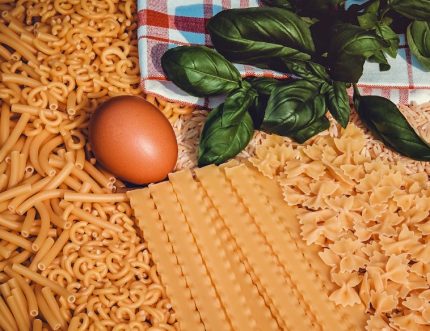
When cooking pasta, we want perfectly cooked, appetizing, and flavorful dishes. However, the quality of the pasta can significantly affect the final cooking result. Therefore, it is crucial to be able to determine the freshness and high quality of pasta before cooking.
The first sign of quality pasta is its appearance. It should be intact, without cracks or damage. Also, good pasta has a uniform color and a matte or light sheen, rather than a bright, uneven shine.
The second sign is the quality of the pasta’s texture. It should be firm but not hard, and should not separate when cooked. When you hold the pasta in your hand, it should remain intact and not break. If the pasta is too soft or brittle, this may indicate low quality.
You should also pay attention to the pasta cooking time. Good pasta should cook within the recommended time on the package, which is usually around 8-12 minutes. If the pasta cooks too quickly or longer than the recommended time, it may indicate poor quality.
To ensure high-quality pasta, you can also pay attention to the brand or manufacturer. Well-known and established manufacturers often guarantee the high quality of their products. It is recommended to choose pasta from such manufacturers to be confident in their quality.
In general, following these guidelines will help you check the quality of your pasta while cooking and ensure perfect results. Remember, good pasta can elevate an ordinary dish to a true masterpiece!
Identify hidden defects in your pasta
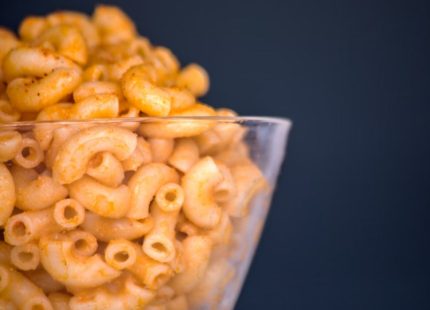
When inspecting the quality of your pasta, be aware of any hidden defects that can negatively affect the taste and texture of the product. Hidden defects may not be visible externally, but their presence can indicate poor quality.
One way to identify hidden defects is by checking the color of the pasta. If the pasta’s color is uneven or there are dark or light spots on the surface, this may indicate poor salinity or improper storage conditions. Additionally, pay attention to the presence of mold or structural irregularities, which may also indicate poor quality.
Another sign of hidden pasta defects is the condition of its surface. If the pasta’s surface is excessively rough or has an uneven texture, this may indicate an improper manufacturing process or the use of low-quality ingredients. Also, pay attention to any breaks or cracks, which may indicate weak dough and poor quality.
Another important factor indicating hidden pasta defects is its aroma. If the pasta has an unpleasant odor, this may indicate a production process violation or the use of expired ingredients. It is recommended to pay attention to the aroma of the product before cooking and eating it.
If you notice any of these hidden defects in pasta, it is recommended to refrain from using it and contact the manufacturer or retailer for further information about the product’s quality. It is also worth noting that when stored and used properly, pasta can retain its quality for a long time.
Visual inspection of pasta
Inspecting pasta is one simple way to check its quality. When inspecting, pay attention to the color and shape of the pasta. It should be uniform, without spots or damage. The pasta should be smooth and free of cracks.
Also, pay attention to the surface of the pasta. It should be smooth and shiny. If there is dust or dried stains on the pasta, this may indicate poor quality.
Another important aspect of visual inspection of pasta is its size. If the pasta is uniform in size, this indicates that it was prepared properly. Uneven size may indicate uneven mixing of the dough or improper cutting.
Also, when inspecting, you can notice if the pasta is stuck together or has uneven surfaces, which indicates poor quality. You should also pay attention to any damage or cracks on the pasta, which may indicate long-term storage or improper handling.
Random Sampling
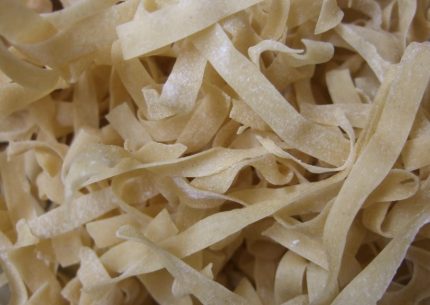
Random sampling is a simple and effective way to determine the quality of pasta. Simply remove a small amount of product from the packaging and examine it carefully.
When performing a random sampling, pay attention to the following pasta characteristics:
- Appearance. The absence of stains, dust, and insect marks indicates a high-quality product. The pasta should be uniform in color and size.
- Consistency. The pasta should be firm but not brittle. If it breaks easily, this may indicate low-quality pasta.
- Aroma. High-quality pasta should have a pleasant aroma reminiscent of the specific wheat variety
- Taste. After cooking, the pasta should be tender and aromatic. The absence of an off-flavor, dullness, or bitterness indicates a high-quality product.
It is important to remember that random sampling can only provide initial information about the quality of the pasta. For a more accurate assessment, it is recommended to pay attention to the country of origin, expiration date, and read reviews and recommendations from other customers.
Our products
Мы стремимся предложить Вам наилучший сервис при работе с нашим сайтом. Для этого мы собираем и храним информацию о Вашем посещении сайта. Так называемые cookies. Файлы cookies не собирают и не хранят никакую личную информацию о Вас. Используя этот сайт, Вы даете согласие на использование cookies. На данном этапе Вы можете отказаться от использования cookies, настроив необходимые параметры в своем браузере.
